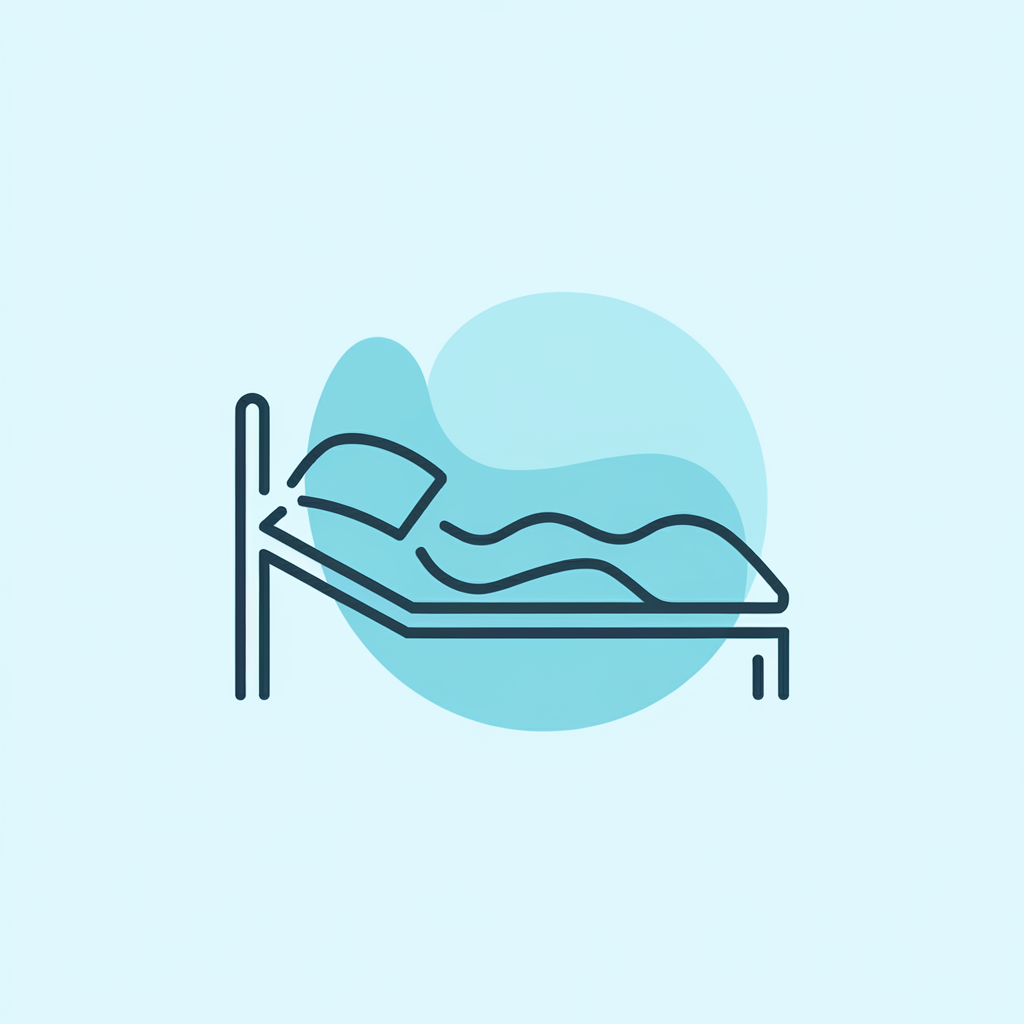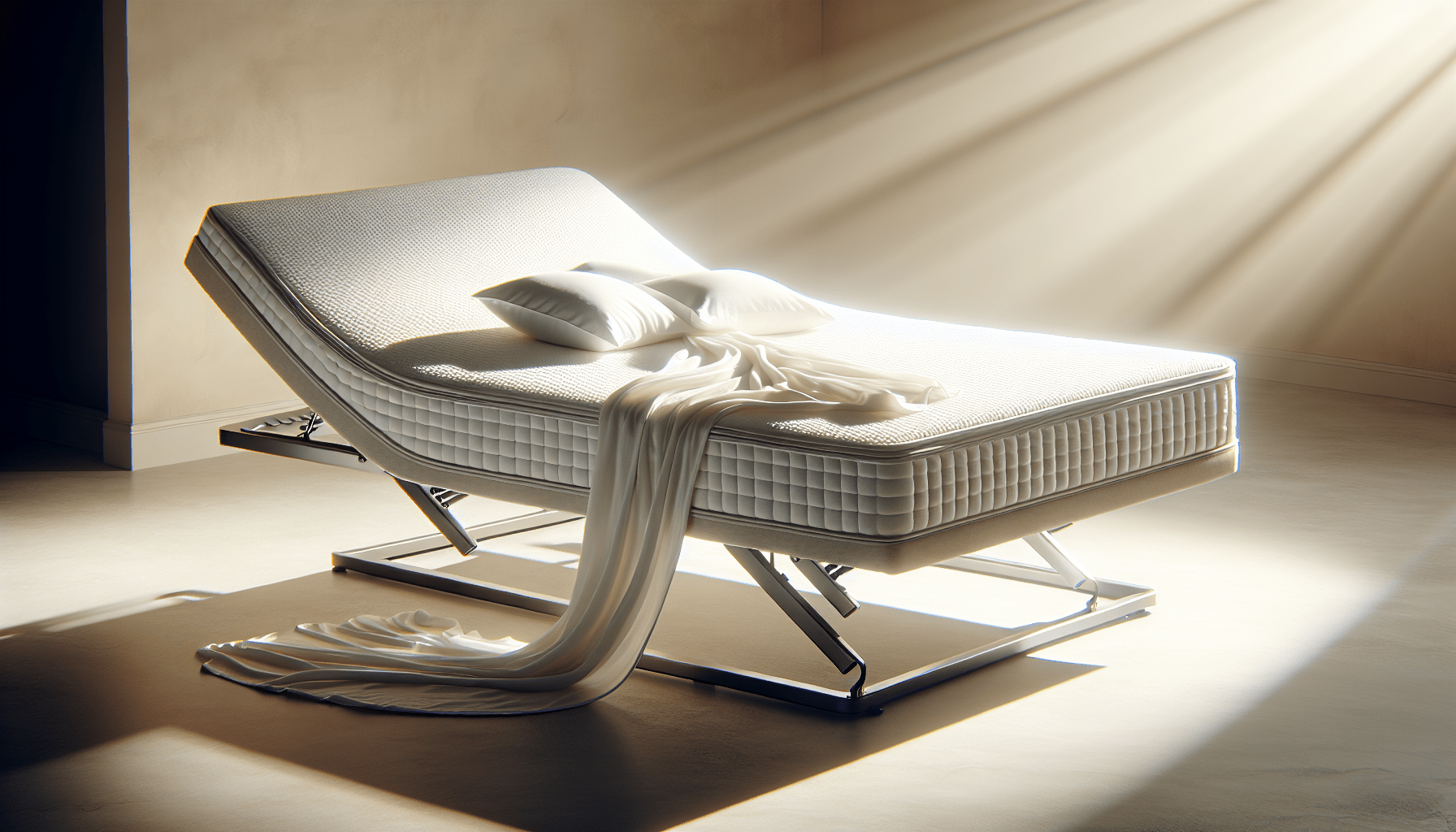What if the secret to a better night’s sleep lies in the combination of your mattress and an adjustable bed frame? As you navigate the wonderful world of sleep, you might find yourself wondering what mattress type would perfectly complement this sophisticated piece of furniture. Adjustable bed frames cater to your personal sleeping preferences, but not all mattresses are made to work well with them.
The Importance of Compatibility
It’s crucial to start by understanding that not all mattresses will perform the same way when used with an adjustable bed frame. Some mattresses offer flexibility and support when positioned at an angle, while others might resist or even get damaged. To ensure that you make the right choice, you’ll want to consider several factors that can affect compatibility.
Mattress Types: A Quick Overview
When you think about mattresses, you might picture the traditional innerspring style, but the landscape has evolved significantly. Understanding the types of mattresses available can help you navigate towards the one that fits your needs best.
-
Memory Foam
This material has gained immense popularity due to its contouring abilities. Memory foam mattresses mold to your body shape, providing excellent pressure relief. They adapt well to the adjustable frame, allowing you to find positions that alleviate discomfort. -
Latex
For those who prefer a bit more bounce and responsiveness, latex mattresses are a great choice. They provide good support and maintain their shape well, making them ideal for adjustable bed frames. Plus, latex is naturally resistant to dust mites and mold, so it’s a good pick for allergy sufferers. -
Innerspring
Traditional innerspring mattresses have a layer of coils that offer support but can struggle with flexibility when adjusted. Depending on the coil construction and the comfort layer on top, some innerspring models may work with an adjustable base, but it’s essential to check their compatibility. -
Hybrid
Combining elements of different materials, hybrid mattresses often feature a layer of memory foam or latex atop an innerspring core. As a result, they aim for a balance of comfort and support, and many hybrids perform admirably with adjustable bases.
Choosing the Right Material for You
With this knowledge in hand, it’s important to reflect on what you want from your mattress. Do you prioritize support for specific sleeping positions? Or is the snug embrace of memory foam more appealing? Each material provides different benefits that cater to a variety of sleep preferences.
Sleeping Position Matters
Your primary sleeping position significantly impacts what mattress is best for you.
-
Back Sleepers
If you often find yourself sleeping on your back, you’ll want a mattress that offers good support and maintains proper spinal alignment. A medium-firm memory foam or latex mattress could be ideal for maintaining your body’s natural curvature. -
Side Sleepers
For side sleepers, pressure relief is crucial. Memory foam excels in this area; its ability to contour can reduce pressure on your shoulders and hips, helping you get blissful sleep. -
Stomach Sleepers
Stomach sleepers may prefer a firmer mattress to prevent their hips from sinking too deeply, which could lead to back alignment issues. A latex or firmer hybrid mattress generally works well for this position.
Height Matters: Thickness Recommendations
The thickness of your mattress does more than provide height; it affects comfort and adaptability with an adjustable frame. A mattress that’s too thick may not bend properly, while one that’s too thin might not provide adequate support.
| Mattress Thickness | Best Suited For |
|---|---|
| 8-10 inches | Lightweight individuals or children |
| 10-12 inches | Average sleepers; back or side sleepers |
| 12-14 inches | Heavier individuals or combination sleepers |
| 14+ inches | Those looking for luxurious comfort |
Firmness Levels: What’s Your Preference?
Similar to thickness, firmness is essential to finding a suitable mattress. You should consider your body weight, preferred sleeping position, and personal comfort levels when selecting firmness.
-
Soft (Plush)
These mattresses are best for those who suffer from pressure points. They allow your body to sink in, providing plush comfort. -
Medium
This level appeals to many sleepers because of its balanced support and comfort. It works well for combination sleepers who change positions during the night. -
Firm
Perfect for individuals seeking exceptional support, firm mattresses are great for back and stomach sleepers, preventing sagging.
Durability and Warranty
Before you make a decision, it’s worth considering how long the mattress will last. Each mattress type carries different longevity. Memory foam might break down faster if it lacks quality, while latex mattresses tend to stand the test of time.
Most reputable companies offer warranties that span anywhere from 10 to 20 years. Make sure to review the details of the warranty, as it can reflect the manufacturer’s confidence in the product.
Choosing Based on Personal Needs
After mastering the basics of mattress characteristics, it’s smart to factor in your individual needs. Do you experience pain in specific areas? Are allergies a concern?
For instance, if you’re prone to allergies, look for hypoallergenic materials like latex or specialty memory foam. Additionally, some mattresses incorporate cooling technology that regulates temperature, which can be beneficial if you typically sleep warm.
Trying Before Buying
Whenever possible, it’s advisable to test the mattress, especially since you’re considering how it will work with an adjustable bed frame. Many retailers offer generous trial periods allowing you to sleep on it for an extended time at home.
Remember to test the mattress while positioned on an adjustable frame if feasible. This will give you a realistic feel of its support in various angles.
Brand Reputation and Reviews
As with any product, doing your research can save you from dissatisfaction down the line. Look for companies known for quality and customer satisfaction. Reading user reviews can offer you insights into the performance of a specific mattress when paired with an adjustable bed frame.
Balancing Price with Quality
When it comes to mattresses, you often get what you pay for. A higher price can correlate with better materials, durability, and support. However, a more expensive mattress doesn’t always guarantee it will fit into your adjustable base comfortably.
It’s wise to have a set budget, but remember: investing in good sleep is investing in your health.
Maintenance Tips for Longevity
To extend the life of your new mattress, a few simple habits can be invaluable.
-
Use a Mattress Protector
This shields your mattress from spills, allergens, and dust mites, helping it stay fresh and clean. -
Rotate Regularly
Although many modern mattresses are designed with zoning or specific materials that cater to pressure points, it’s still a good idea to rotate your mattress every few months for even wear. -
Follow Care Instructions
Each mattress may have unique care requirements. Be sure to follow the guidelines provided by the manufacturer to keep it in top condition. -
Allow for Airing Out
When you first receive your mattress, let it air out for a while. Some foam mattresses may have a smell due to the off-gassing of materials, but this usually dissipates quickly.
Understanding Adjustable Bed Frame Features
Many adjustable bed frames come with a host of features that might enhance your experience.
-
Zero Gravity Position
This feature elevates your head and legs, reducing pressure on the spine and improving circulation. -
Head and Foot Elevation
Raising these sections can relieve reflux symptoms and promote better breathing during sleep. -
Massage Function
Ideal for winding down after a long day, some frames even offer massage capabilities for added relaxation.
Final Thoughts: Finding Your Perfect Match
Ultimately, the best mattress for your adjustable bed frame boils down to your unique preferences, body type, sleeping position, and any specific requirements you may have. The options can be overwhelming, so take your time. Each night spent in discomfort can impact your daily living, so your quest for the perfect match is worth the energy.
By carefully considering your options, being aware of mattress compatibility, and keeping your personal needs at the forefront, you’ll be well on your way to turning your bed into a sanctuary of restful sleep. When you make the right choice, you can look forward to waking up feeling refreshed, recharged, and ready to embrace the day ahead!

